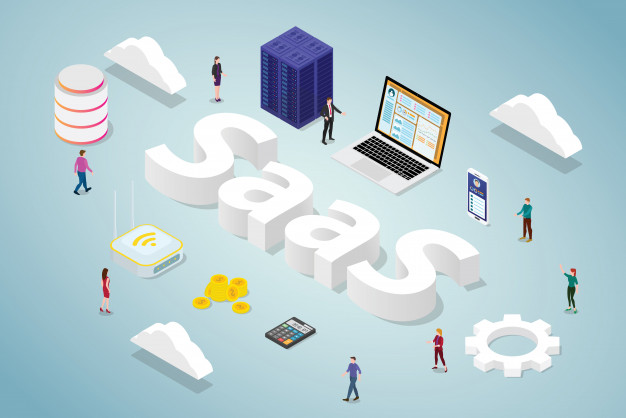Customer support is a powerful thing that can help your business to grow. Customers pay attention to how quickly and effectively you respond to their requests and what information you provide.
For example, according to McKinsey, 70% of customers measure their experience based on customer service level.
If the company is not ready to provide good customer service, it’s better to find other solutions than to lose customers. And one of these solutions is called support as a service.
Support as a service: what is it
Briefly, it means outsourcing customer support functions. Let’s imagine that you are managing a middle-sized company and are going to organize customer support. What options do you have?
At least two. First, you may build a customer support department inside the company. Second, you may hire an outsourced customer service responsible for clients’ communications and requests.
What choice is better? You may pick up any of these options considering available financial, human, physical, and other resources. Let’s compare the main pros and cons of both decisions.
An in-house customer support department-
Pros:
- The customer support team is fully involved in all processes.
- You hire every team member.
- You may manage everything on your own.
- The success of your external communications with the customers is in your own hands.
Cons:
- It’s pretty expensive (needed equipment and installation may cost thousands of dollars).
- You pay customer agents for the whole working day and not for the number of calls.
- You are not flexible and can’t change the whole customer department in case something doesn’t work.
An outsourced customer support team-
Pros:
- You may choose from a variety of different providers unless you find an appropriate one.
- You may influence all processes that take place inside an outsourced team.
- You should not think about any technical aspects of customer support.
- You pay only for the delivered service.
- You free up a lot of resources inside the company and use them for more critical tasks.
- Your customer service team may speak different languages.
Cons:
- It’s possible to get poor service because not all providers guarantee good quality.
- Sometimes you may experience issues, misunderstandings, and mistakes.
- Your customers may not be satisfied.
Related Reads: Making Sure You’re SOX Compliant
Support as a service: who uses it
During the last five years, support as a service became widespread among different businesses. This model has a lot in common with another approach called SaaS (software as a service) or providing cloud software solutions on demand. Support as a service is popular in:
E-commerce:
People like shopping online (especially now, during pandemic times). They also want to choose goods on the weekend or late in the evening after work. So, customer support has to be ready to provide customers with the required information at any time. In these circumstances, an outsourced customer support team is the best option for businesses.
Tech and finance business:
Hiring a customer support agent with the relevant tech or software experience may last for several months. It’s a lot, taking into account that the company loses money during this time. Professional support as a service provider knows how to find required team members fast and effectively.
Season businesses:
Before Christmas or summer months, some companies experience an increasing number of customers’ requests. As a result, their internal customer support departments cannot handle all questions and answer them quickly. An outsourced customer support team on demand may solve this issue and take over part of requests only for a limited time.
Available services-
Another essential question is what exact services an outsourced customer support team may provide. In general, all normal functions of customer support.
Calls:
According to Zendesk, more than 50% of customers prefer to use phones for communication with the brands. That means that voice customer support plays a significant role in building a positive customer experience.
Emails:
Letters are an excellent alternative to calls. They allow sharing more detailed information with customers. But for better results and effectiveness, you should establish special rules on how soon customer agents have to answer letters, tone of voice to use, etc.
Live Chats:
If your company works with millennials and young generations, think of using modern communication tools like live chat or messengers. According to Statista, live chat has growing popularity in almost all industries.
Support as a service: how to start
Here is a checklist of everything you need to do to start collaborating with an outsourced customer support company.























